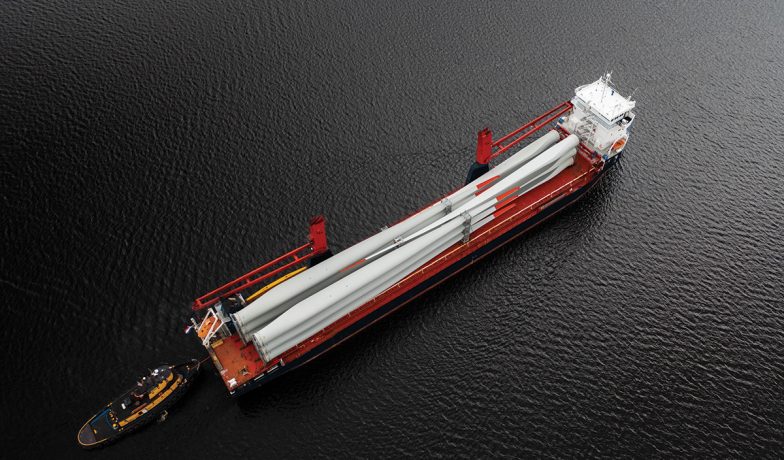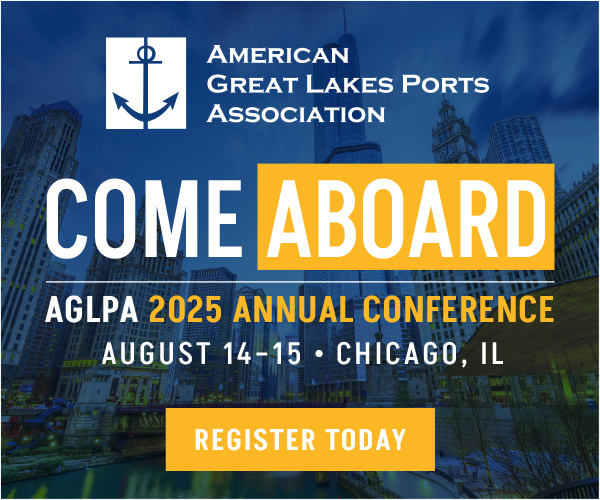Investigating Wind’s Power
National research lab provides a deep dive look at Great Lakes wind energy
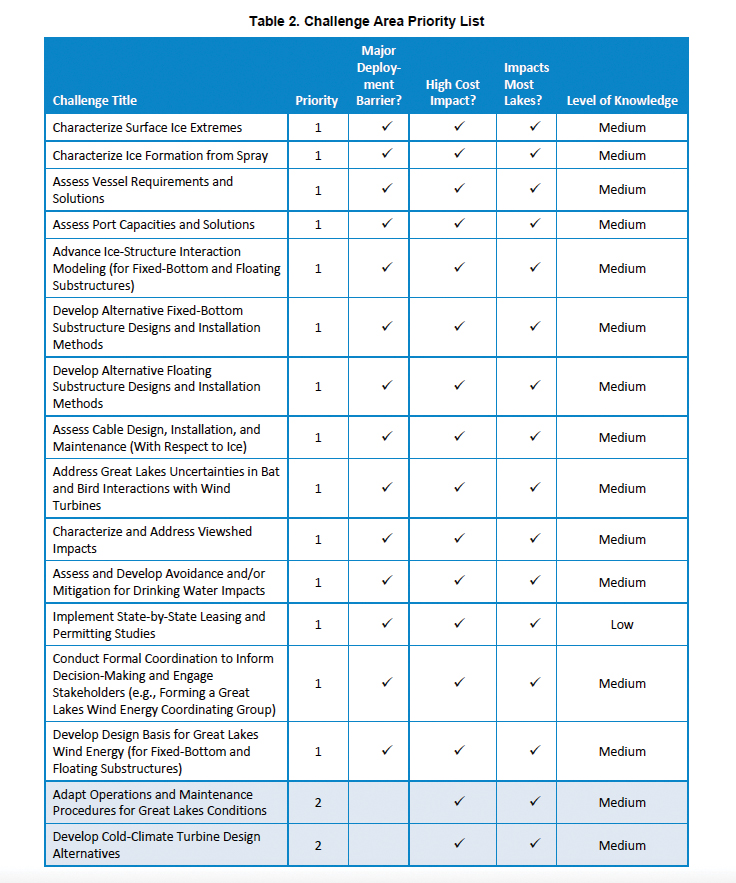 The possibility and potential of offshore wind (OSW) in the Great Lakes received close attention in a recent (March 2023) report prepared by U.S. Department of Energy’s (DOE) National Renewable Energy Laboratory (NREL). The report looked at fixed, permanent wind towers as well as floating structures. Researchers see great potential, writing that “in five of the eight Great Lakes states, the lake-based wind energy resource potential exceeds the state’s annual electricity consumption, illuminating a potentially large opportunity for transitioning to renewable energy.” Another plus: Great Lakes generation would be close to “large energy loads,” i.e., major cities and industries that need power.
The possibility and potential of offshore wind (OSW) in the Great Lakes received close attention in a recent (March 2023) report prepared by U.S. Department of Energy’s (DOE) National Renewable Energy Laboratory (NREL). The report looked at fixed, permanent wind towers as well as floating structures. Researchers see great potential, writing that “in five of the eight Great Lakes states, the lake-based wind energy resource potential exceeds the state’s annual electricity consumption, illuminating a potentially large opportunity for transitioning to renewable energy.” Another plus: Great Lakes generation would be close to “large energy loads,” i.e., major cities and industries that need power.
However, it will take a lot of work just to start towards that theoretical goal. There are many challenges, including infrastructure, state vs. federal leadership, ice and extreme cold and new environmental issues, particularly pertaining to bats and birds. NREL wrote that lessons from ocean projects will not address deployment in the Great Lakes. One major upfront NREL lesson: Great Lakes OSW depends on a new body of Lake-based R&D, you can’t just adapt ocean capabilities.
NREL noted that the United States seeks to achieve a 100 percent carbon-emissions-free electricity sector by 2035 and zero carbon emissions by 2050. NREL cited research that Great Lakes wind will be necessary to reach those national decarb goals. However, it’s not clear how Great Lakes wind might best contribute. Research is needed to develop the right “pathway” for possible OSW projects, particularly development of a commercial pathway.
NREL models calculated that the levelized cost of Great Lakes wind energy could range between $75/megawatt-hour (MWh) and $129/MWh by 2035. However, under a scenario that builds on more advanced technology, the levelized cost drops to between $62 and $89/MWh.
For a rough comparison, on October 4, 2023, Direct Energy, in Cleveland, posted a retail price for residential customers of 6.29 cents per KWh, or about $62.9/MWh. It’s likely that by 2035 Direct Energy’s 2023 price will increase, possibly even from a deliberate increase, such as a carbon tax.
NREL’s modeling is such that it presumes that OSW generation costs will decrease, likely from advances in technology and operational know-how. But this presumptive benefit might go too far. Consider U.S. east coast Atlantic wind projects — costs have increased so much that project sponsors are seeking to refinance. The point is early modeling might not provide an accurate picture of a project’s costs and affordability.
Current Tech vs. Advanced Tech
The U.S. DOE asked NREL to focus on the following key topics:
- Gaining an improved understanding of OSW’s development potential in the Great Lakes;
- Identifying key issues to resolve to achieve this potential; and,
- Developing a focused comprehensive research plan.
The “research plan” reference is critical. Yes, there may be plenty of wind within the Great Lakes but that doesn’t mean implementation can proceed based largely on knowledge from ocean-based projects. Rather, as noted above, the Great Lakes need their own R&D efforts focusing on such factors as geology, wildlife, climate, particularly ice and cold weather, water depth and lakebed flooring.
For their analysis NREL researchers developed a “Current Technology Scenario” of OSW and an “Advanced Research Technology Scenario.” Then, NREL listed topics needing research, including site characterization, infrastructure, ports and vessels, the electric grid itself and regulatory and policy issues.
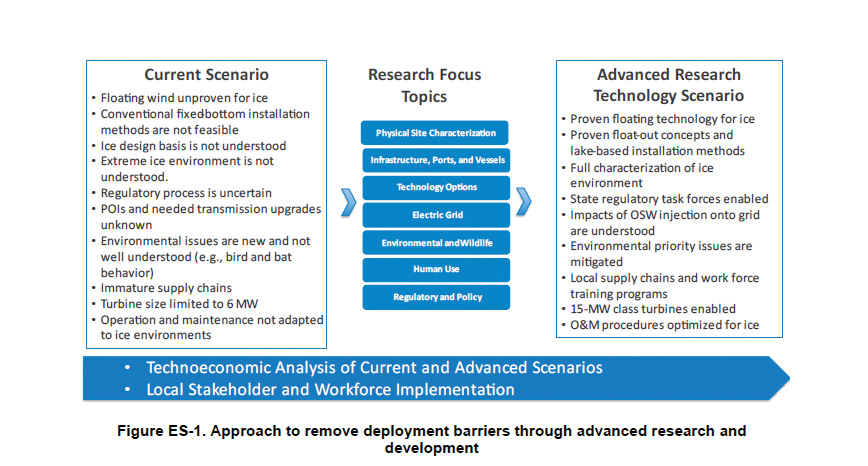
For example, in the Great Lakes, floating wind structures will be important. Ice is stronger in fresh water compared to salty ocean waters. Ice and the lakes’ shallow bedrock can impact fixed structures. Ice will also impact turbine performance. In today’s current tech scenario, it’s not known how or whether floating wind structures would function under icy conditions. But an advanced research scenario could provide answers. Then, that research could be further applied to specific projects and specific conditions. (See Fig. ES 1.)
Similarly with environment and wildlife, NREL called for advanced studies on birds and bats migrating within the Atlantic and Mississippi migratory flyways. Under the current scenario, NREL wrote that “environmental issues are new and not well understood (e.g., bird and bat behavior).” For Great Lakes projects, concerns include collisions as well as effects on fish ecology, invasive species and ecosystem-level effects, including food webs and contaminants.
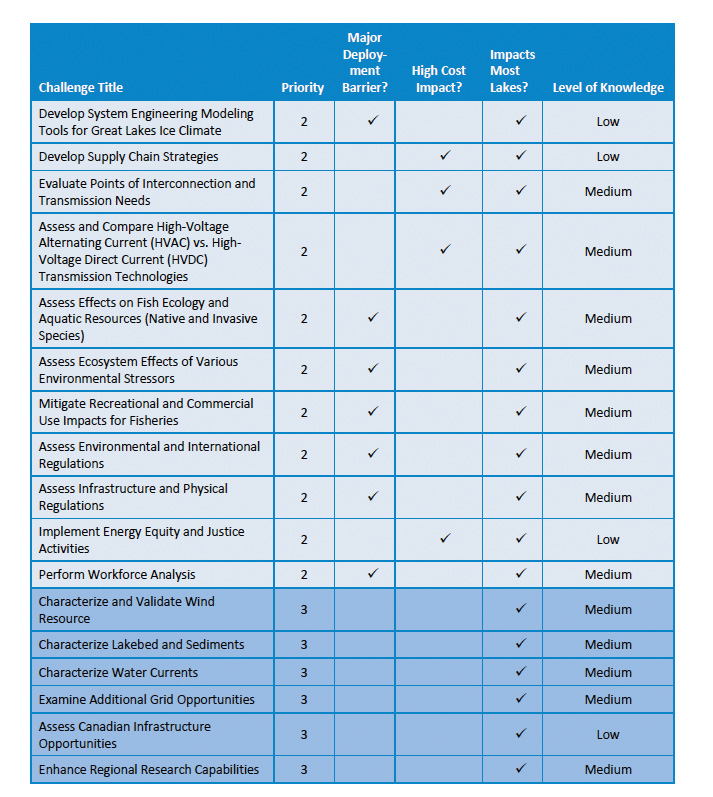
NREL wrote that “from an environmental perspective, minimizing wind turbine collision risk for birds remains one of the top priorities for offshore wind energy development globally.” Collision avoidance is a top research topic. For example, the DOE is funding research at the Pacific Northwest National Laboratory and the United States Geological Survey to develop a radar system capable of measuring bird and bat abundances and behaviors at offshore locations. The radar system will be integrated with one of DOE’s lidar buoys and validated with auxiliary measurements from thermal cameras, acoustic monitors, weather radar (Next Generation Weather Radar, or NEXRAD) and human observers. Ultimately, the technology aims to produce a radar and buoy system capable of monitoring bird and bat activity above open water and demonstrate its performance by collecting baseline data in the Great Lakes.
“Human use” is another topic, referencing the need “to develop strategies for coexistence of potential Great Lakes wind energy development with residents and tribes in the United States and Canada that live in the region.” The report cited the importance of lake shed “views and activities.” Additional research needs to address drinking water impacts and mitigating recreational and commercial use impacts, “including for boaters and fisheries.”
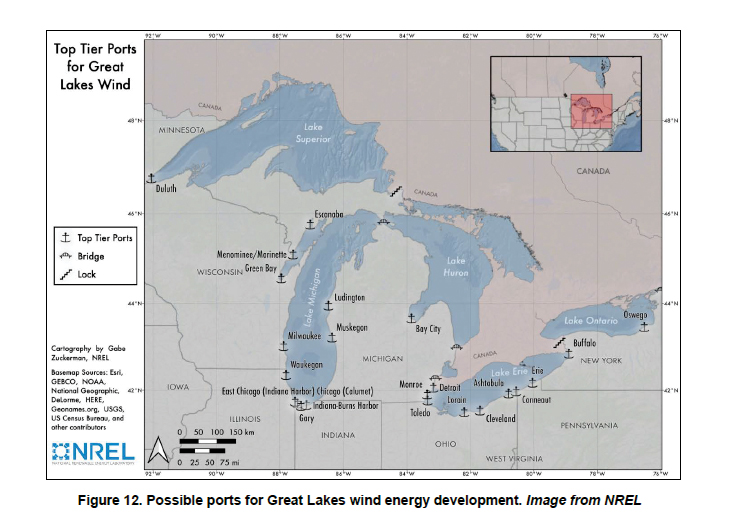
To summarize, NREL explained that most research activities in the report will require follow-up efforts beyond the scope of the study. “The aim of this study,” the authors write, “was to identify research needs rather than to address them herein. However, in some cases, initial findings were developed that highlighted key issues (e.g., technoeconomic cost analysis), revealing that follow-up work is still needed to obtain more accurate results.”
Among Great Lakes states, NREL noted a limited number of state-led investigations into OSW. Michigan, for example, created the Great Lakes Wind Council in 2009. A project for Michigan, called Scandia Wind, was proposed in 2010 but support faded.
Wisconsin, in 2009, and Illinois, in 2011, formed exploratory OSW advisory and study groups.
More recently, in October 2020, New York initiated a study, also led by NREL, which found “no insurmountable barriers to Great Lakes wind energy development” but, nevertheless, recommended holding off on projects until after 2030. The reason: the same critical research challenges highlighted within NREL’s new, 2023 report.
Readers are likely aware of the LEEDCo 21-MW, pilot-scale wind project in Ohio (LEEDCo = Lake Erie Energy Development Corporation) proposed in 2009 for Lake Erie, near Cleveland. LEEDCo wanted to be the first such wind project. The U.S. DOE helped with funding because LEEDCo, also known as “Icebreaker,” was also a demonstration project. LEEDCo faced persistent local opposition on issues ranging from ice design, power offtake contracting, wildlife concerns and state regulators.
In August 2022, the Ohio Supreme Court ruled that LEEDCo’s permitting could proceed and in its Report NREL writes that “LEEDCo can now resume selling the remainder of the power from the project and work on renewed construction planning.”
In fact, LEEDCo is dormant. It exists within the framework of the Port of Cleveland but it’s not an active entity. Will Friedman is Port president and CEO Will Friedman said that LEEDCo has no staff and was likely not involved in the NREL report. “While the (Ohio) Supreme Court case was a huge victory, delays created by the lawsuit and opponents have impacted the project. LEEDCo is currently evaluating the costs and potential of the project and discussing our options,” Friedman said.
Key Challenges and Next Steps
NREL presented a “Challenge Area Priority List” – a table with 33 “challenge titles,” each given a relative priority ranking (1 to 3) and referencing costs, impacts across the lakes and the general level of knowledge regarding that challenge (See Table 2). Of 33 titles, 14 are judged a number “1” (highest priority) 13 a “2,” the remaining are “3.”
Top challenges range from characterizing ice impacts to cables, also presenting concerns about ice, to implementing state-by-state leasing and permitting studies. All top challenges are checked as major deployment barriers, all present high costs, they impact most of the lakes and for all except permitting the level of knowledge is considered “medium.” For permitting, knowledge is considered “low.”
NREL presented some suggested next steps if states are interested in pursuing offshore wind. NREL wrote that the adoption of wind energy could enable states “to pursue their clean-energy goals while bolstering their economies with high-paying jobs and providing a cleaner environment for the local residents.” With an abundant wind resource near coastal population centers “there is a real opportunity for (OSW) to contribute to the regional energy mix.” NREL listed four suggestions:
Federal and state agencies need to invest in targeted research; they need to develop and implement a research plan focused on the Report’s high priority topics. NREL suggests that the DOE issue a “request for information” to “gather feedback from stakeholders and tribes in the communities to further inform a Great Lakes wind energy research agenda.”
State and federal officials need to move forward with a clear understanding of how “quickly evolving state and federal policies” can impact wind energy deployments on each lake. The Report cites the Inflation Reduction Act, for example, as something that can impact wind energy build out.
Officials should consider developing a Great Lakes wind energy advisory group, since there is currently no federal or regional leadership on this set of issues. NREL suggests asking the Bureau of Ocean Energy Management and Bureau of Safety and Environmental Enforcement to serve as advisors and to provide lessons learned from Outer Continental Shelf waters with potential application to the Great Lakes region.
Organize a Great Lakes wind energy workshop, possibly in two locales: western and eastern Great Lakes regions. Workshop goals would be “to initiate a dialogue among states, prioritize research topics, and encourage regional partnerships.” Officials working on issues in the Outer Continental Shelf could advise and assist their Great Lakes counterparts as they work to establish Great Lakes projects.
Since the March release of the Great Lakes assessment Report an NREL official said he is not aware of any commitments or expressions of interest from state officials regarding follow up activities.
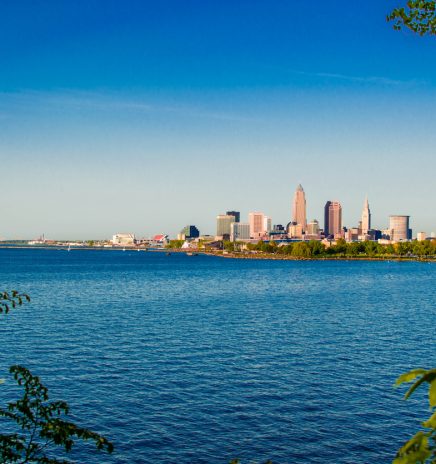
Bill Introduced to Protect Funding for NOAA and Great Lakes Programs
In response to a series of funding and staffing cuts to the National Oceanic Atmospheric Association (NOAA) and the National Weather Service, U.S. Rep. Tim Kennedy (D-NY) has introduced H.R.... Read More
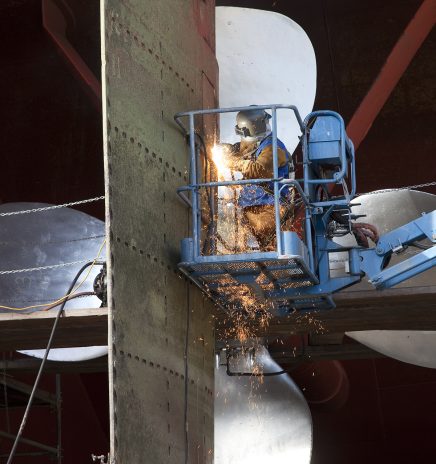
U.S. Shipping Companies Invest in Great Lakes
Critical maintenance is well underway on the U.S.-flagged fleet of lakers tied up at ports across the Great Lakes region in anticipation of the upcoming navigation season. Hundreds of skilled... Read More

